Development of an ultra-thin IR cut filter: BAG (Blue Absorbing Glass) filters
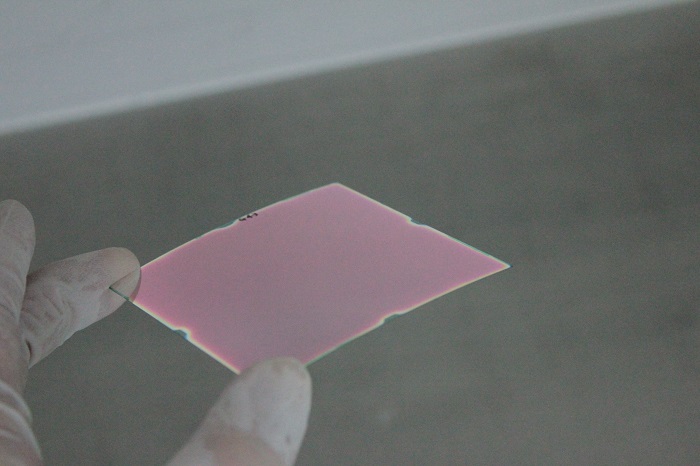
There are two major types of glass-type infrared cut filters ("IRCF" below) used in the camera modules installed in modern smartphones. First are blue glass ("BG" below) types in which fluorophosphate or some other material is mixed in with the glass substrate itself to provide infrared absorption capability.
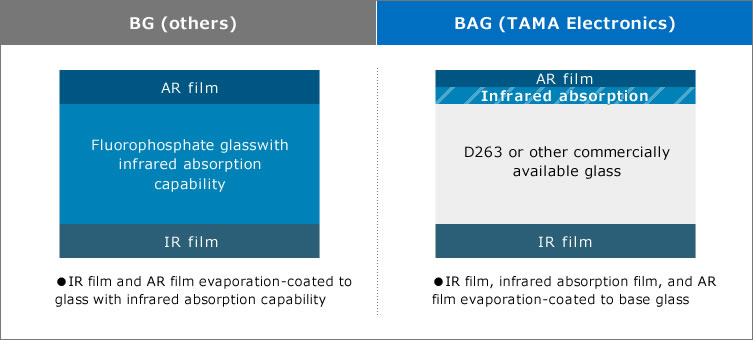
Second are the type used by TAMA Electronics, in which an absorbing film is applied to the glass substrate to form an absorption layer ("BAG" below). Because the BG method mixes infrared absorption material in with the glass material itself, the material mixed with the glass material has a negative impact on the strength of the product and on its ability to absorb near-infrared light, if the product is made thinner. On the other hand, TAMA Electronics' BAG method applies an absorbing film to the surface of the glass material itself - this means that the ability of the filter to absorb near-infrared light does not depend on the thickness of the glass. This makes it possible to design IRCFs that stay strong and are able to maintain their ability to absorb near-infrared light - even if the product is made thinner. Out of all the parts that go into making a smartphone, the camera module is the thickest. We therefore developed a glass type ultra-thin high performance IRCF product under the understanding that the smartphone market will continue to focus on bringing added value through increasingly thin designs. We carry a lineup of such products, with our 0.11 m thick filter as our thinnest model.

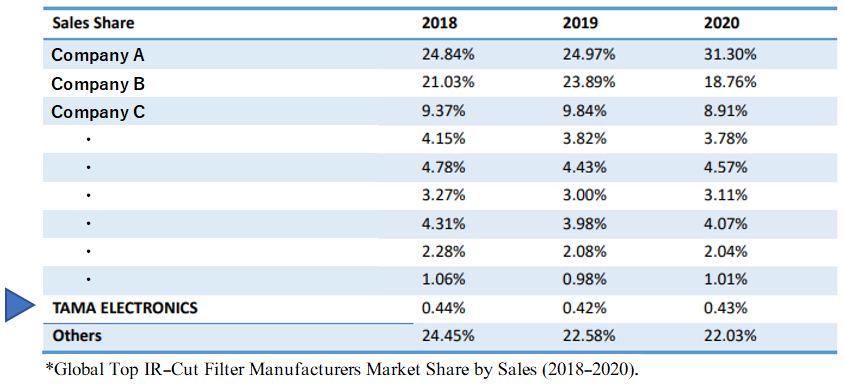
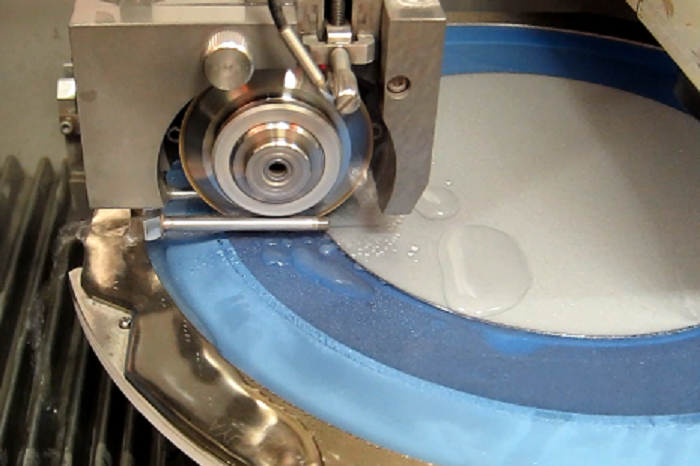
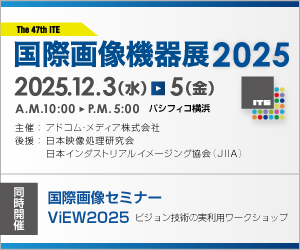
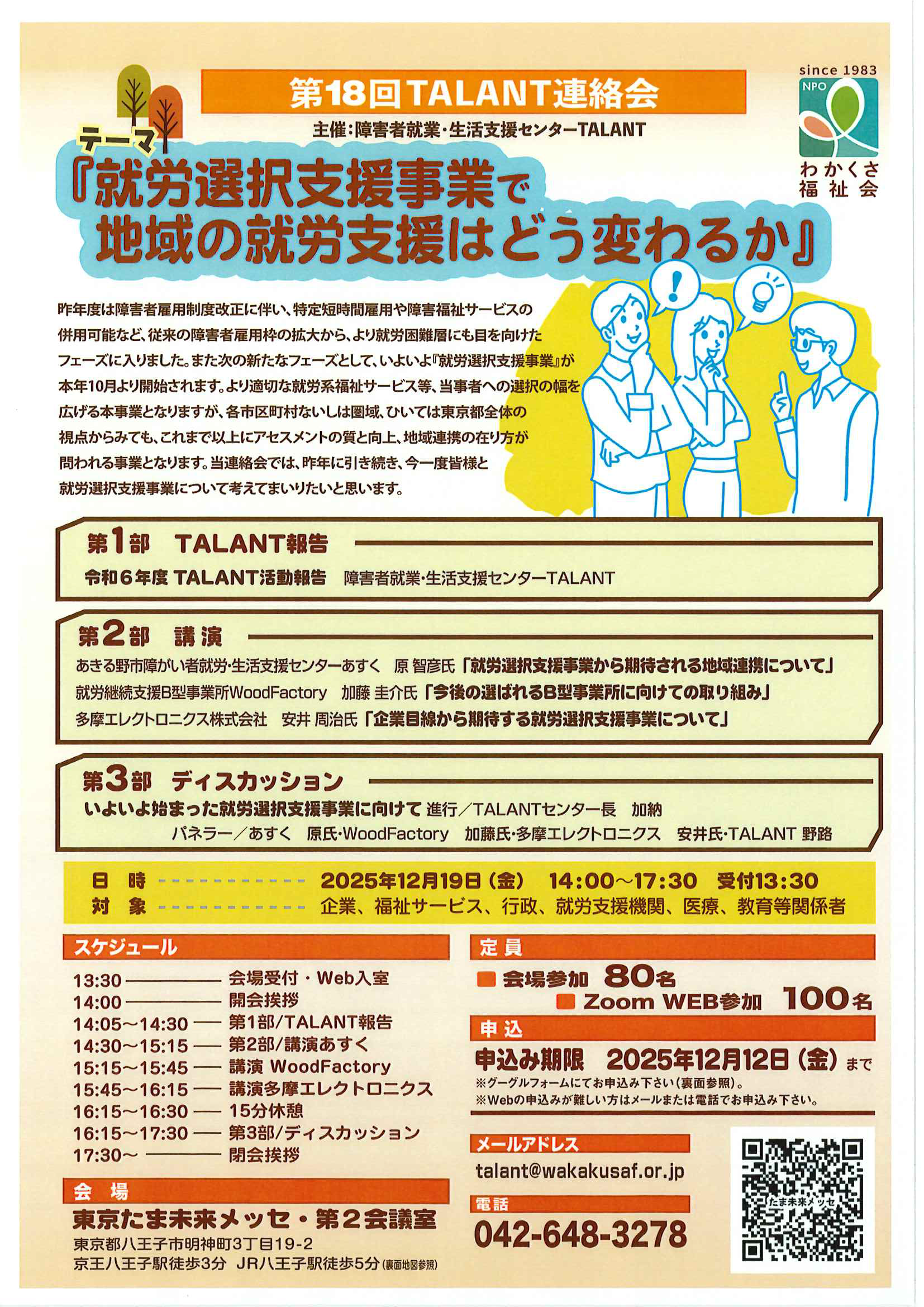
最終.png)